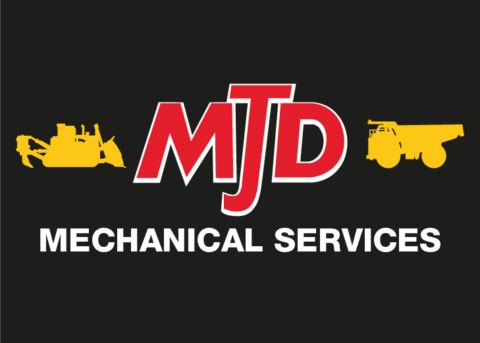Graders: Everything you need to know.

Graders, or motor graders as they are sometimes called, are heavy-duty machines which feature a long blade that is used to create flat surfaces. A grader blade is typically positioned between the front and rear axle, and is designed to be durable enough for the cutting, spreading and levelling of material.
The most common use for graders is to prepare the topmost layer of soil on a site by shifting small amounts of dirt and levelling in preparation for asphalt to be laid. Graders can also provide a proper slope on curves and embankments. A grader is used to refine the “rough” grading performed by other equipment such as scrapers and bulldozers.
Graders are often categorised either by the operating weight (tonnes) or by size of blade (width in feet), or both. These specifications often correlate with the size of your project. Often the size of the blade (sometimes referred to as the moldboard) can indicate the kinds of jobs the grader is suitable for. For example, smaller maintenance jobs, residential development projects, and minor road maintenance would typically only require a 12-14′ blade width. Whereas larger civil road construction and site clearing projects may require a grader with a 16′ blade width or larger.
Similar to a graders blade, its engine power can help determine the level of work it can perform efficiently. Typically, a grader with an engine ranges from 100 to 200 horsepower is suitable for everything from light grading to ditch, slope work and ripping. Those with an even higher horsepower are more heavy duty and suited more for mining and haul applications.
Another important thing to consider when choosing a grader for your job is blade controls. Modern graders manufactured by the likes of Cat and John Deere are designed with automatic blade controls to give operators more accuracy and control. Although unique to each manufacturer, some helpful blade controls to look out for are setting cross slopes, grade control, measuring grades, and returning to straight. These simple automated controls can greatly improve productivity and get the job done faster.
Did you know the largest grader ever produced was a one-of-a-kind machine boasting a 1,000-horsepower engine in the front and a 700-horsepower engine at the rear? The grader was manufactured in 1980 for a client in Libya, but unfortunately was never delivered due to trading restrictions and has since been dismantled for scrap.




